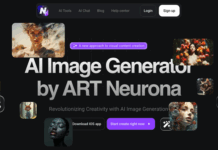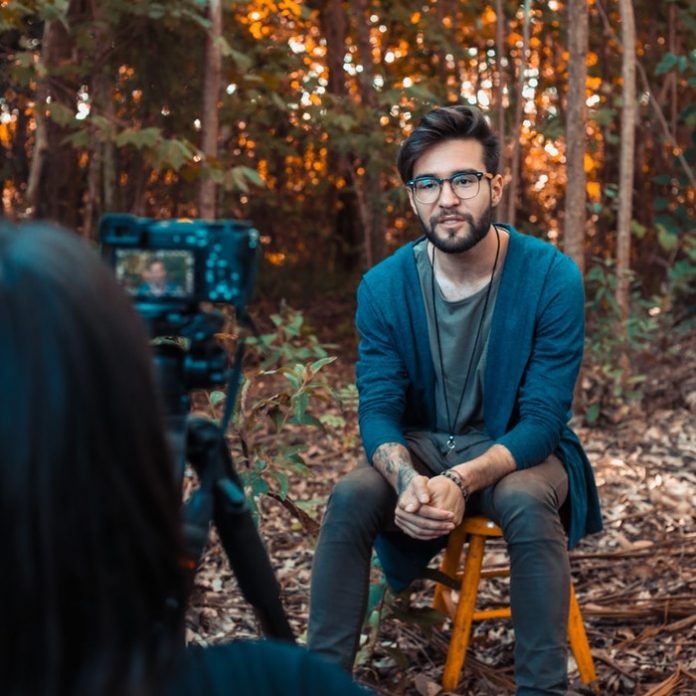The best marketing teams operating at all levels of industry, from small businesses to Fortune 500’s, all know that the foundation of any elite video marketing campaign and program is built on captivating customer stories and testimonies. The words, “…but don’t take our word for it,” may be ringing through your ears as you think back on the history of customer testimonials, which are as old as the sales industry. The classics never change; sometimes they just need an update, and that’s what the modern video customer testimony is, a fresh take on the great potential of customer stories.
Major companies have made use of video testimonials by way of commercials and infomercials for decades, but they weren’t always an accessible method for small businesses to create with. The advent of the Internet has democratized the way that small companies use testimonials, moving beyond brochures and text-based blurbs to allow for businesses to put real customers in front of the camera to talk about their journey with your product line.
The power of testimonials is apparent: there’s something special about having a real customer standing before you. It adds a degree of third party legitimacy that feels stripped of biases or motives, and that resonates as trustworthiness for potential buyers.
With that said, it’s not all roses. Making a high quality customer story to use for your business requires a bit more planning and finesse than it may seem. Even still, it remains a must-have tool for a business wanting to make a splash online. That’s why we’ve looked at this powerful marketing vehicle and recognized the four wheels that are propelling it forward. Using these four concepts in sync will lead to a full-fledged promotional piece that your company can use over and over again.
We’ve arranged these four wheels around four baseline questions that you can ask yourself when putting together a customer testimonial. They are, as follows:
- What do you need to prepare a dynamic testimonial?
- Which customer should you approach about interviewing?
- What should the time and locational context of your video be?
- What platforms do you intend to promote the finished product on?
Using these four guiding wheels, you should be off to a high-speed start down the road to a successful customer story video. Let’s look at how we can make the implementation going forward.
First Wheel: What do you need to get ready for your customer story video?
The single most important facet of recording a quality testimonial is to not rely on a scripted performance from a customer. Don’t feel pressured to write sound bites for them to reiterate on camera in a contrived manner; your viewers will feel how unauthentic it is.
With that said, that doesn’t mean you need to skip the preparation altogether and just guess as you go. Chase that sound bite, but recognize that by asking the right questions at the right time, you greatly increase your opportunity to nail the video and make the entire process incredibly efficient.
That takes us to our first point of preparation: think about who you want to interview the customer during the video. Maybe you’re the one that’s ready to take up the task: you have the vision of where the video is going, so it could be a great fit. At the same time, don’t be afraid to be honest with yourself. You’ll save a lot of time setting your ego aside and turning interview duties over to a more confident, people-oriented coworker, and in the end the finished product will reflect more positively on you.
- A good interviewer helps the customer forget that they’re being interviewed by making the conversation flow naturally.
- They’ll ask product related questions, but in a way that comes across as organic, tying the overall discussion about the product back to a driving theme in the video.
- A strong interview relies on collaboration to develop appropriate questions in advance and map out how the interview should be conducted, with pre-established cues prepared.
Once you have your interviewer landed and your questions and direction mapped out, turn your attention towards the logistics of the video. Ask yourself these questions:
- How many and what cameras will I use? Multiple cameras will nail down the multiple angles necessary for a quality interview.
- Are the internal mics satisfactory, or will I require better sound equipment to capture the interview?
- On that note, what’s the budget for the video? Instead of stretching the budget, how can you make the most with what you’ve got?
- Will you need professional lighting and makeup for the video? What’s the single-day costs for such an endeavor?
- What are the post-production options, and who will be handling the editing? What software is available to work with to create the best product possible?
Many of the answers to these questions depend on budget, but here’s the good news: video testimonials lend themselves to even the smallest of budgets. With a little bit of planning, a single Apple iPhone and pre-installed editing software can complete the task. Plan for your budget, and set goals based on such.
Second Wheel: Who should be the focus of your interview?
This is an equally challenging question that may be the most critical of all for a successful project. You want someone that’s lively, has great enthusiasm about your product and a relationship with your brand that matches your goals. They also need to be easily identified with by viewers, and come across as a customer that has a genuine experience or story with the product to share that is relatable. Having data or numbers prepared will drive a more believable feel as well.
There are also other considerations that need to be addressed. If the subject is representing a company, you need to ensure that their company is aware of the production and is comfortable with the subject participating; the last thing you want is to damage the trust in a relationship through a project designed to build trust with customers. Consider offering an incentive to the company for their participation, either through collaborative marketing or sales promotion.
Third Wheel: Where and when should the video take place?
The answer to this question depends on your goals for the video. Maybe you want to shoot on scene at the customer’s company to illustrate how your product provided a solution for their business. Maybe you want a sitdown interview in a cozy room, interspersed in post-production with product action shots. You could interview as a customer first interacts with a product in an effort to demonstrate what it’s like to get started with a product, or you could film six months after implementation.
This is all really up to you, the aims of your video and the logistical parameters you’re working with.
Fourth Wheel: Where will the video be uploaded?
This question will dictate the length of your video and should help you organize the project. Maybe you want to run a series on your Instagram account; that means video clips should be contained to around one minute. You may focus on particularly pivotal moments of filming during this section, or get creative with outtakes or a brief, captivating story.
If you’re looking to a platform like YouTube, Vimeo or your own website, a longer video (anywhere from 5 to 45 minutes) may be more appropriate. In this scenario, a larger production with a more narrative driven, start-to-finish approach will absolutely be necessary to retain interest and viewers. You can even create this, then hype the video by searching for a half dozen short moments to edit down and put on your Instagram or Facebook feed.
Build your customer story content on the frame of these four wheels and you’ll be amazed at how far it can video testimonies can take your brand!
Find a Home-Based Business to Start-Up >>> Hundreds of Business Listings.
















































